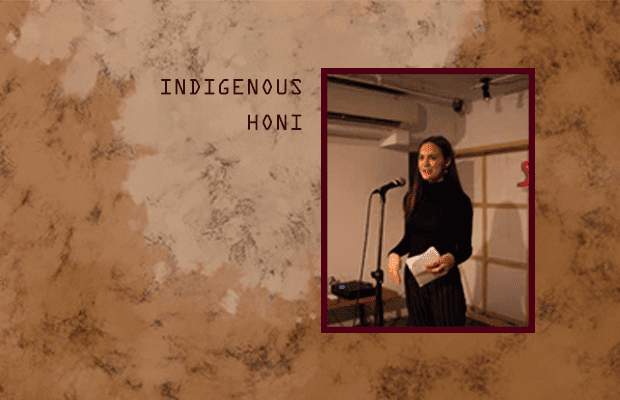Why is your Dad black?
This question first came hurtling toward me, like a semi-trailer with its breaks cut, when I was twelve years old and a few weeks into year seven. It came from a white face, similar to the hundreds of white faces that filled the majority of spaces I moved in as a resident of the Sutherland Shire, and it soon became to be the single most defining question of my life.
Growing up in a mixed household, with an Aboriginal father and a Non-Indigenous mother, my sister and I we’re raised colourblind. Sure, we could see physical differences: how Mum went red if she was out in the sun, when Dad would just go more brown, but it never meant anything. We knew we were Aboriginal and Mum wasn’t, but that fact sat in the same category of me having blue eyes when my sister didn’t, or that I supported the Canterbury Bankstown Bulldogs NRL side, when all my friends went for the Cronulla Sharks. These were all facts among many, all differences in some way, but none of them had any weight or consequence.
But, the second that blaring question of my father’s skin colour was put in front of me, it was as if the bubble encircling my understanding of the world, popped. My response that came after an internal glass shattering of pause, was, “Oh, he’s Aboriginal. We’re Aboriginal.” To which, this particular white face, turned its head to the side, inspected what would soon be referred to as my too pale to be black skin and blurted out, “Wow! I’ve never met an Aborigine before!”
From this moment, it was as if I’d been outed and suddenly I became the spokesperson for Aboriginal Australia, to my otherwise all Non-Indigenous high school. The onslaught of questions I didn’t have an answer to and constant nagging to justify my blackness and identity, put a lot of pressure on me. My sister felt the same when she joined me at this school a year later, and under this pressure, we, as so many of our young Indigenous brothers and sisters are forced to face too, had to decide how we would respond. We could pass as white and make our schooling less complicated for now, or we could rise as the black warriors our ancestor spirits knew us to be and fight the pressure with greatness
Rest assured we picked the latter. We made sure if we were the only Aboriginal people our teachers and peers knew, we’d be the best damn students they knew, period.
I am a Kamilaroi woman. My father’s mother came from Kamilaroi country in Moree and my father’s father was born on the Burnt Bridge Mission, on Dunghutti country in Kempsey, both in NSW. Me and my family, my ancestors and the spirits of my future generations that live inside of me, we are strong blackfullas. We wear our culture with our hearts, on our sleeves. The strength and resilience that pumps through mine and my sisters veins is what has helped us overcome every obstacle, remain relentlessly optimistic and inspired us to work hard and give back to our community.
Now, as a twenty-three and twenty-one year old, who’ve taken very different paths from each other, but have constantly held our Aboriginal identity at the core of everything we do, we’ve decided to come together to create a project that celebrates the brilliance of Aboriginal and Torres Strait Islander women.
Tiddas 4 Tiddas is an initiative born from the desire to empower young black women to know their worth and capabilities. It’s a story sharing networkthat will showcase successful Aboriginal and Torres Strait Islander women role models and their stories, and circulate advice and academic, sporting and other opportunities for young Indigenous women to reach their full potential. My sister Keely and I developed this because we don’t want the celebration and acknowledgement of our incredible aunties, grandmothers and all Aboriginal women to stop when this year’s NAIDOC theme “Because of Her We Can” comes to an end.
We want this initiative, which can be found on Instagram @tiddas4tiddas, to be a place where all Indigenous women can be shamelessly BRILLIANT. Where our Indigenous men and non-Indigenous brothers and sisters can celebrate us too! Where us black women can connect with other amazing women, be inspired, support our up and comers and learn from those who’ve already done it.
To be able to say I am an Aboriginal woman is the greatest honour in my life and this is mine and Keely’s way of showing the rest of Australia the reason why they should be honoured to be an Aboriginal or Torres Strait Islander woman, know one, raise one or even simply meet one too. So please show us your support on social media and help us shoot stories of Indigenous women in to the stratosphere!
This article appeared in the autonomous Indigenous edition, Indigenous Honi 2018.





